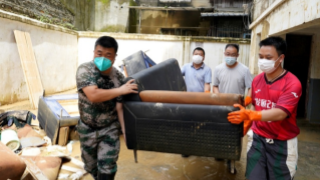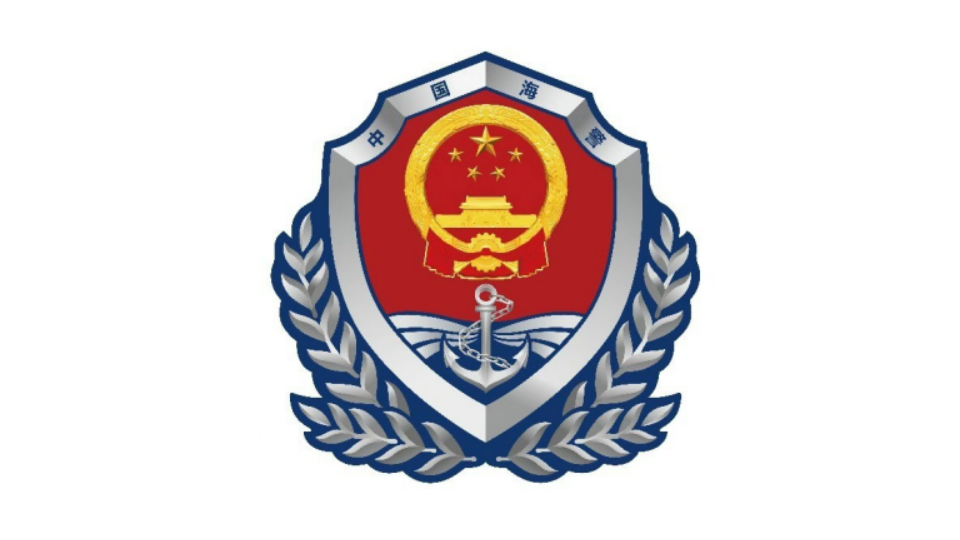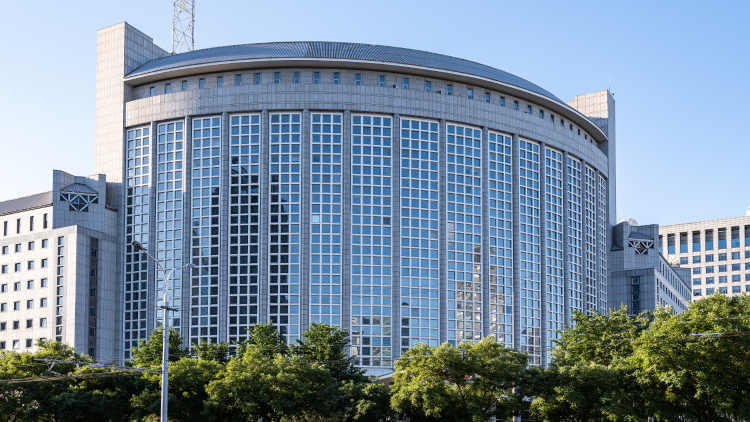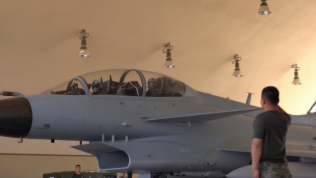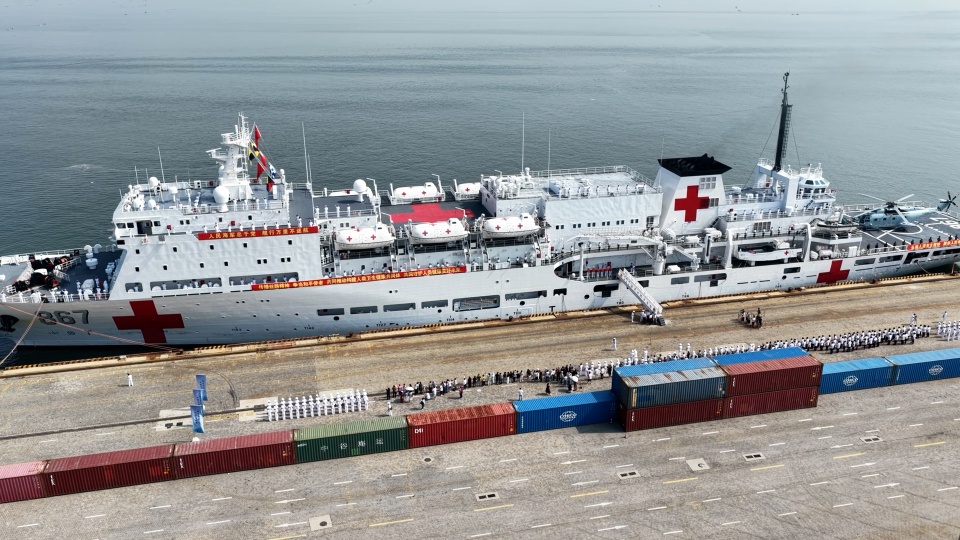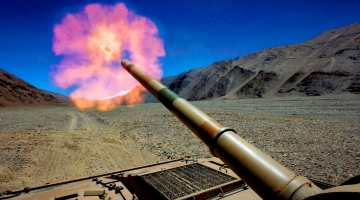According to Indian Defence News, India and Dassault Aviation of France have concluded negotiations over the procurement of 26 Rafale M fighter jets. The contract, valued at approximately $7.6 billion, is expected to be officially signed during the upcoming visit of the French Defence Minister to India later this year.
In 2009, the Indian Navy received its first MiG-29K carrier-based fighter, which has since been primarily deployed aboard the aircraft carrier INS Vikramaditya. However, the Indian Navy has expressed dissatisfaction with the service performance of the MiG-29K. According to media reports, the aircraft has been plagued by issues such as low engine reliability, high maintenance costs, and outdated avionics systems. In 2016, the Comptroller and Auditor General of India released a report revealing that the overall serviceability of the MiG-29K ranged between just 16% and 39%.
As a result, to find a more reliable and better-suited aircraft for its indigenous aircraft carrier INS Vikrant, the Indian Navy began seeking new carrier-based fighters in 2017. In 2021, it officially launched a new procurement process, short listing Dassault's Rafale M and Boeing's F/A-18E/F Super Hornet for evaluation. Following a series of tests, the Rafale M was ultimately selected.
Analysts believe that the decision was primarily based on several key considerations. In terms of combat performance, the Rafale M is equipped with a more advanced radar system, superior electronic warfare capabilities, and a wider range of long-range strike weapons. Regarding carrier compatibility, the Indian Navy noted that tests conducted at the INS Hansa demonstrated the ability of the Rafale M to successfully take off from a ski-jump ramp and operate effectively on the deck of Indian aircraft carriers. In terms of maintenance and logistical support, the Indian Navy's procurement of the Rafale M is expected to enhance interoperability with the Indian Air Force, which already operates 36 Rafale fighter jets. This commonality is likely to improve the cooperative combat ability between the two services.
In recent years, India and France have engaged in extensive cooperation in the field of aviation equipment. Dassault Aviation has established aircraft maintenance and repair facilities in India. Under the Indian government's "Make in India" initiative, it has authorized local companies to manufacture certain Rafale components. However, Dassault has been grappling with supply chain constraints in recent years. Dassault Aviation is currently working to increase the production rate of the Rafale fighter jet from three to four units per month, with the aim of eventually reaching five.
Indian media have previously reported that the Rafale fighters acquired by the Indian Air Force revealed certain technical issues, such as delayed avionics software upgrades and high maintenance costs for some components. Similar issues may also emerge with the carrier-based Rafale M. Besides, given that both the INS Vikrant and INS Vikramaditya are equipped with ski-jump flight decks, the Rafale M, which was not originally intended for ski-jump operations, is likely to face further adaptability challenges over the long term, despite its successfully completion of shore-based ski-jump trials in 2023.
It is evident that India's decision to finalize the Rafale M fighter jet deal will further deepen defense cooperation between India and France. Looking ahead, whether this order will prompt Dassault Aviation to authorize the establishment of a final assembly line in India, and how the Rafale M will perform within India's carrier strike groups once in service, are important aspects that warrant close attention.
Editor's Note: Originally published on cannews.com.cn, this article is translated from Chinese into English and edited by the China Military Online. The information and opinions in this article do not necessarily reflect the views of eng.chinamil.com.cn.





